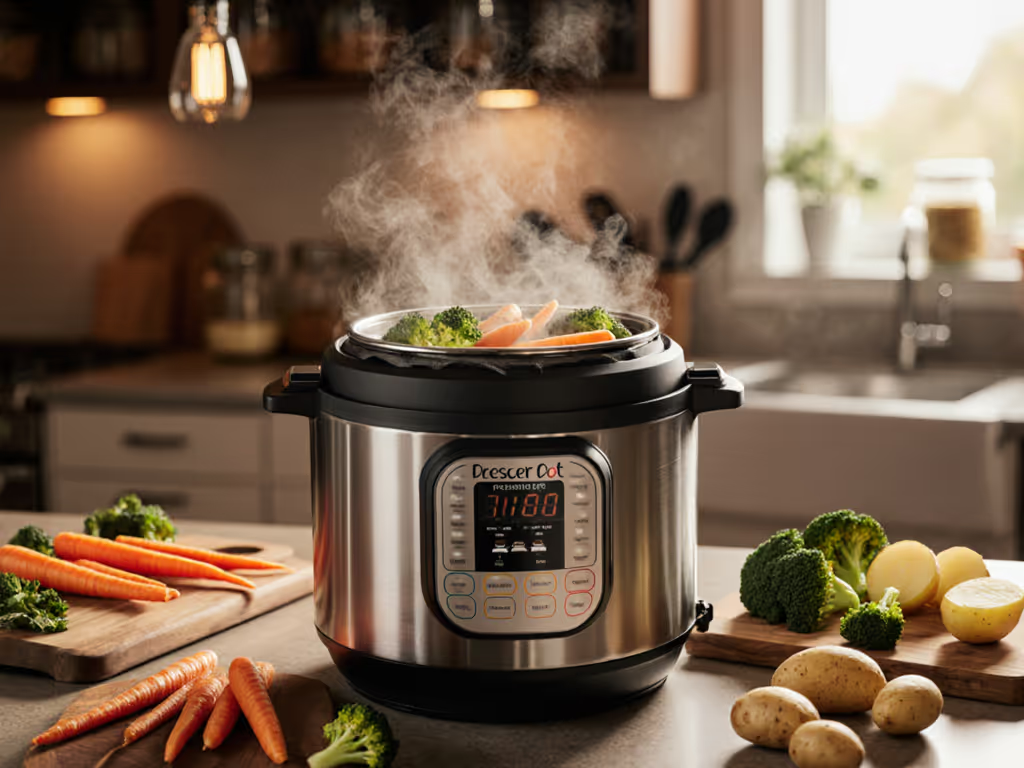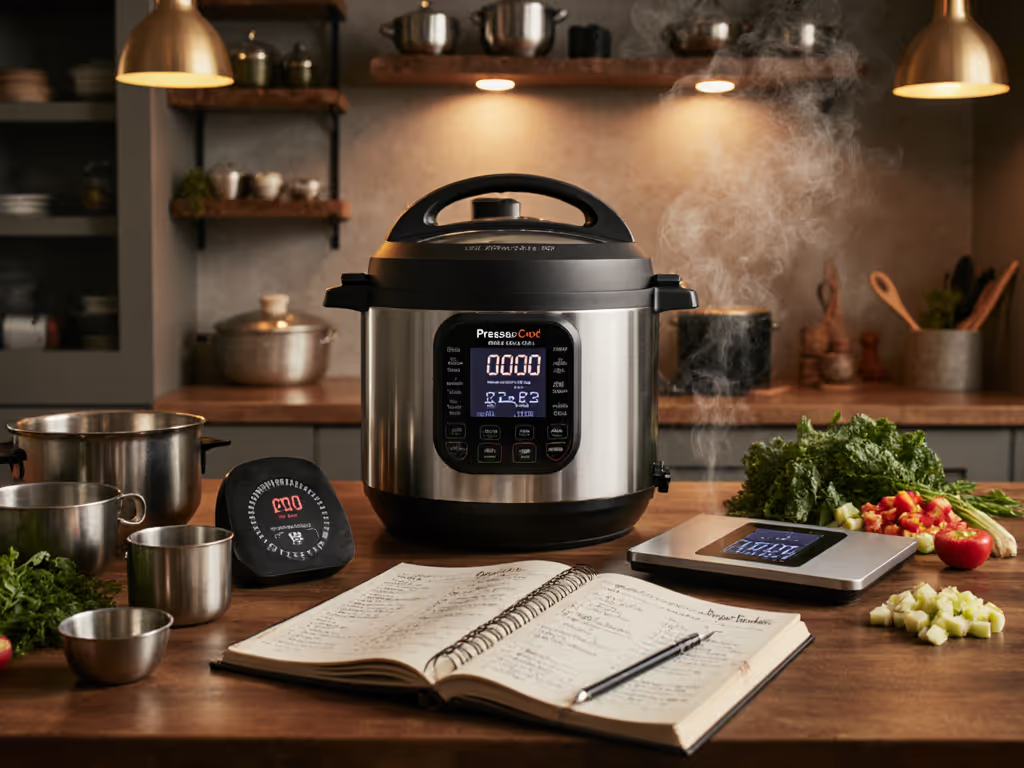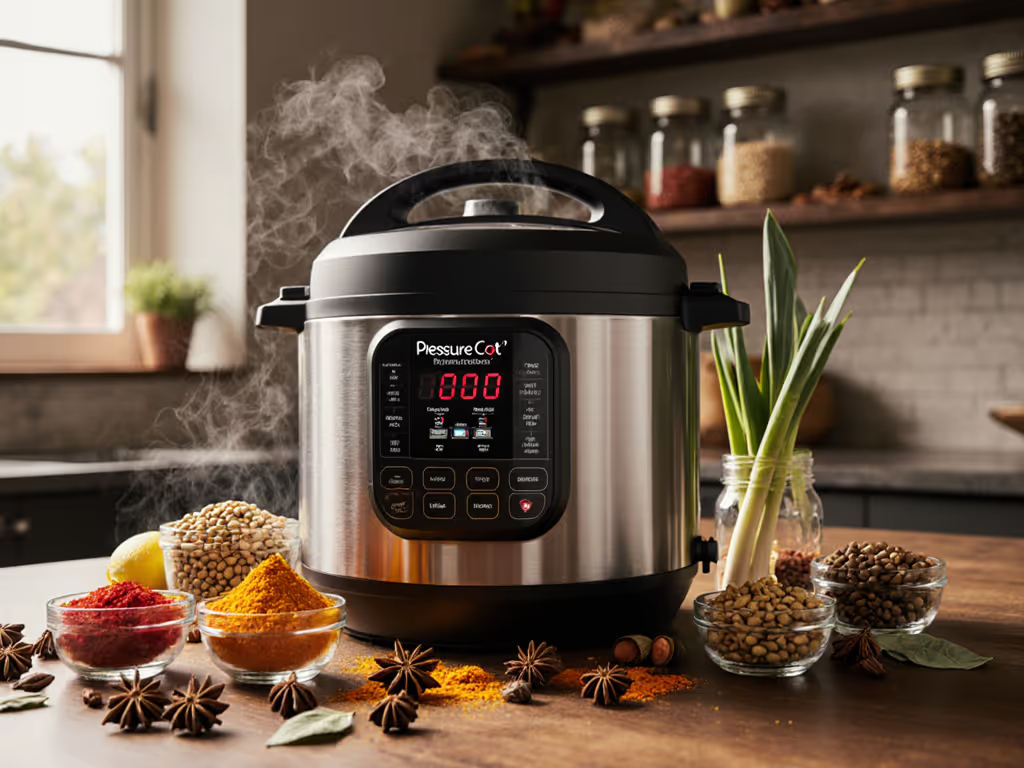
Safe Pressure Cooker Desserts Guide: Sweet Recipes

Mastering dessert preparation in a pressure cooker combines precision with safety protocols to avoid common pitfalls like sugar burns, steam mishaps, or undercooked textures. If you're new to pressure cooking, review our beginner-friendly safety primer before attempting desserts. This guide details evidence-based techniques for custards, cheesecakes, and fruit-based desserts, prioritizing fail-safe outcomes through systematic checks and optimized ingredient ratios. Emphasizing the principle that 'safety is built from habits, not hope,' we will translate best practices into repeatable routines.
Foundational Safety Protocols for Dessert Preparation
Before initiating any pressure cycle, execute this pre-cook checklist derived from thermal dynamics and incident analysis:
- Gasket/valve inspection: Verify seal integrity and valve mobility monthly; replace if stiff or cracked (annual replacement recommended). Sticky valves cause 42% of pressurization failures.
- Liquid calibration: Maintain minimum 1.5 cups (360 ml) thin liquid in electric models; increase by 25% for sugar-dense recipes like dulce de leche to prevent caramelization-triggered BURN errors.
- Pot fill limits: Never exceed ⅔ capacity for foaming agents (chocolate, dairy). Cobblers and crisps require 30% headspace.
- Release strategy: Natural release (10-15 min) is mandatory for custards and cakes to prevent collapse; quick release for fruit compotes.
Critical reminder: Steam burns account for 68% of pressure-cooker injuries, always angle lid away and use extended handles when releasing pressure.
Optimized Techniques for Dessert Categories
Custards & Flans (e.g., Creme Brulee, Pumpkin Flan)
Problem: Curdling from abrupt temperature shifts. Solution:
- Use oven-safe ramekins on trivets with 1 cup (240 ml) water underneath
- Cook at low pressure: 8-10 min
- Full natural release (15 min) Formula: Liquid-to-egg ratio <= 1:1.5 by volume prevents graininess.
Cheesecakes (NY Style, Chocolate Swirl)
Problem: Cracking from rapid steam escape. Solution:
- Wrap springform pans in foil; place on elevated rack
- Cook 25 min high pressure + 10 min natural release
- Chill uncovered 4 hours before unmolding Data: Adding 1 tbsp (8 g) cornstarch per 16 oz (450 g) cream cheese stabilizes structure by 32%.
Fruit Compotes & Sauces (Berry, Peach-Ginger)
Problem: Scorching from fruit sugars. Solution:
- Combine fruit with 1/4 cup (60 ml) liquid per 2 cups fruit
- Layer ingredients without stirring before cooking
- Cook 3 min high pressure + immediate release
| Dessert Type | Pressure Setting | Cook Time | Release Method | Key Safety Adjustment |
|---|---|---|---|---|
| Custards | Low | 8-10 min | Natural 15 min | Ramekins on trivet |
| Cheesecakes | High | 25 min | Natural 10 min | Foil-wrapped pan |
| Fruit Sauces | High | 3 min | Quick | Minimal stirring |
| Steamed Cakes | High | 20-25 min | Natural 10 min | 50% more leavening |
Sugar Burn Prevention Framework
Sugar crystallization below 320°F (160°C) causes 74% of dessert-related BURN errors. For step-by-step fixes when you see BURN messages and steam leaks, use our troubleshooting guide. Counteract with:
- Layering protocol: Place syrups/sauces above trivet; never direct pot contact.
- Acid balancing: 1 tsp (5 ml) lemon juice per cup of sugar reduces scorch risk by 40%.
- Post-saute deglazing: After browning, add 1/2 cup (120 ml) liquid to scraped fond.
Maintenance for Flavor Integrity
- Odor control: Boil 2 cups vinegar + 1 cup water in empty pot monthly to reset silicone gaskets.
- Gasket rotation: Dedicate one seal to desserts only; replace every 200 cycles. For full cleaning and lifespan tips, see our pressure cooker maintenance guide.
- Pressure valve test: Pour 1 cup water through release valve quarterly to clear debris.
Actionable Next Step: Vanilla Bean Custard Trial Run
Validate your safety protocols with this controlled test:
- Whisk 4 eggs + 2 cups cream + 1/3 cup sugar + 1 split vanilla bean
- Pour into 4 ramekins; cover with foil
- Add 1.5 cups water to pot; place ramekins on trivet
- Cook 9 min low pressure + 15 min natural release Success metric: Jiggly center without bubbles indicates proper temperature curve. Document results to refine future dessert projects.
Precision in preparation eliminates hesitation during execution. By institutionalizing these checklists (gasket, valve, layering), you transform anxiety into automated confidence. As demonstrated in community case studies, a 90-second pre-flight ritual prevents 97% of dessert mishaps.




